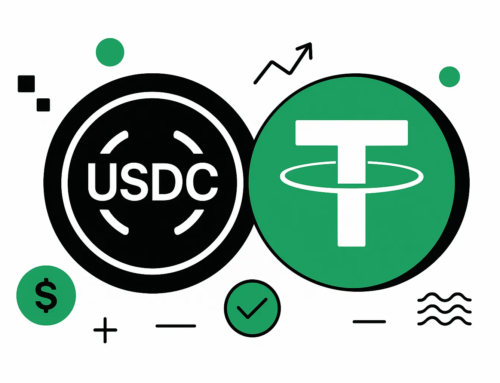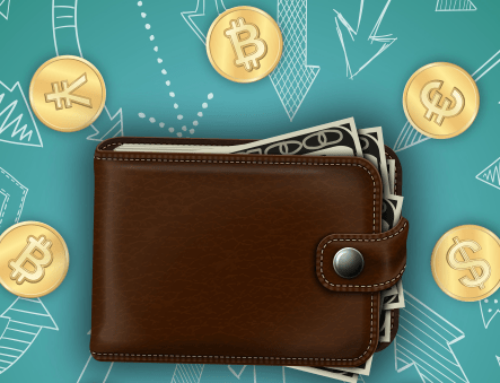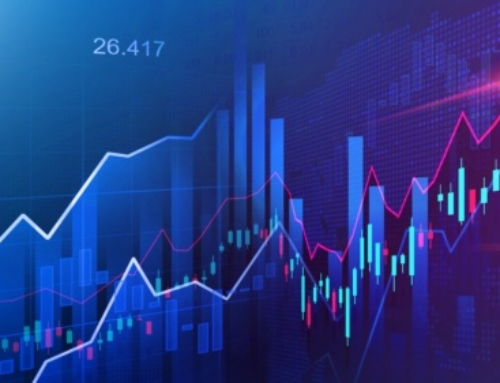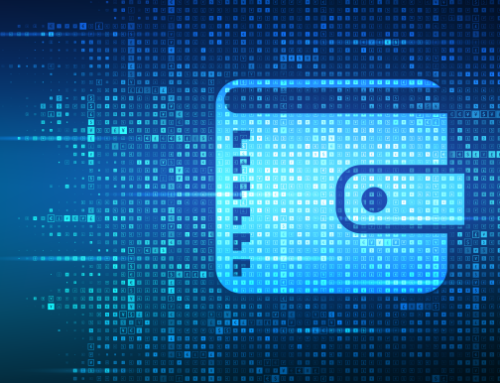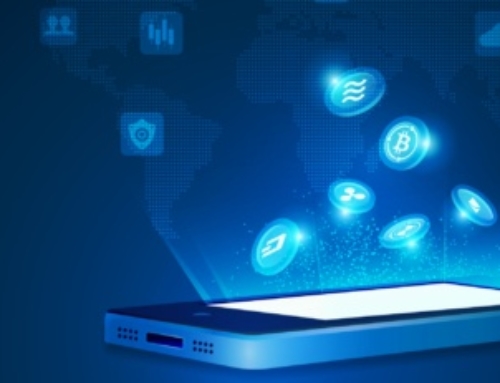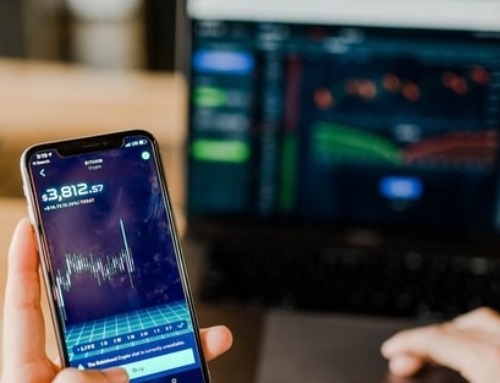An introduction to NFTs and “crypto-art” world
Since the launch of blockchain technology in 2009, the decentralized network has been developing at an amazing rate. This innovation opened a floodgate in the digital world that aims to transform many industries.
Each of the past five years has brought with it new applications in the blockchain network. In 2017, Initial Coin Offerings (ICOs) broke into the market with a craze, and in the following year, as the Ethereum blockchain gained popularity, it was the turn for the smart contracts to announce its presence. In 2019, stable coins came to the scene, and 2020 was the year of the development of decentralized financial services (DeFi). And, now in 2021, NFTs have stolen the headlines in the blockchain and cryptocurrency world. But, what are NFTs? How do they work? What makes them special? And how can you buy NFTs? In this article, we will cover everything you need to know about NFTs.
Fungible and Non-fungible Assets
Let us first understand the concept of fungibility before we define what NFTs are.
Fungibility is the ability of goods and assets to be easily interchanged with another good or asset of similar value. For example, a hundred-dollar bill can be easily swapped with another one-hundred-dollar bill. For example, if I borrow you a hundred-dollar bill, I can later pay you another a hundred-dollar bill since they hold the same value. Alternatively, I can pay you back using two fifty-dollar bills and since their value, added, equals the value of a hundred-dollar bill. Similarly, all bitcoins have equal value hence can be easily swapped. In this case, both dollar-bills and bitcoins are fungible tokens.
Non-fungibility, on the other hand, implies goods and assets that cannot be interchanged with another good or asset of an exact value. These assets are unique with no exact match. An example is a piece of art such as the Mona Lisa. Even though we may have other arts that imitate Mona Lisa (Copies) We all know that there is only one original Mona Lisa. The ownership of such arts can be transferred from one person to another, however, there can only be one owner at a time. Other examples of non-fungible tokens include trading cards, a piece of land, a piece of diamond, and gaming collectibles.
NFTs Defined
NFTs are unique digital tokens that represent distinct assets (non-fungible assets). Digital assets can be either physical or non-physical. Let us think of an NFT as a title deed for a piece of land. It represents the ownership of a unique and indivisible piece of land. Each title deed is unique and belongs to a single owner. The ownership of the land can only be transferred by transferring the title deed.
Unlike title deeds for physical land, NFTs are digital assets that are stored in the blockchain network. Most NFTs are powered by smart contracts that are built on the Ethereum blockchain. All information regarding each token is recorded on this blockchain. Ethereum’s ERC721 and ERC1155 token standards enable the creation of NFTs. These standards track ownership and movements of individual NFT tokens.
Key Features of NFTs
Indivisibility: NFTs cannot be split into smaller denominations, and any attempt to divide them makes them useless. Think of dividing the Everyday BEEPLE art by Mike Winkelmann.
Verifiable: NFTs can easily and accurately be authenticated on the blockchain network, without requiring an intermediary.
Non-interoperable: NFTs can only be used on their ecosystem. For example, in-game items such as gaming characters can only operate on games they are designed for.
Indestructible: The data about NFTs such as ownership are stored and protected by smart contracts that are powered by immutable blockchain technology. Smart contracts are trusted systems that execute digital code when all code requirements are met. The parties need not know or trust each other to execute the terms of contracts.
How to Buy NFTs
1. Have a wallet
To buy an NFT, first, you need to create a wallet with many of the wallet providers such as MetaMask, WalletConnect, MyEtherWallet, Fortmatic, or Coinbase Wallet, and soon in Monetum, if you do not have one yet. The next step is to connect the wallet to the marketplace.
Most NFT platforms are built on the Ethereum ecosystem. Therefore, most marketplaces will require the buyers to convert their fiat currency, bitcoin, or other altcoins to Ethereum networks native coin, ETH.
2. Create a user in a NFT Marketplace
NFTs are traded on marketplaces, platforms that are equivalent to crypto exchanges in the NFT ecosystem. Many types of NFTs are available on the marketplaces including music, gaming cards, digital arts, and metaverses such as Decentraland, virtual real-estate, Cryptovoxels, Somnium Space, and The Sandbox. You can trade any of these items on the many available NFT marketplaces. Depending on which marketplace you are, you will be able to purchase different types of collectibles or arts. Most of the websites have a variety of NFTs. However, each platform operates slightly differently.
Here are some of the most popular NFT marketplaces:
Nifty Gateway is owned by Gemini, a popular cryptocurrency exchange. Nifty works with popular artists such as Grimes, Steve Aoki, and 3LAU to release artwork on the primary marketplace. Nifty Gateway also has a secondary marketplace where collectors can resell artwork. You can fund the account with Ethereum or directly connect a credit card to the website.
Opensea operates on Ethereum and enables users to interact with the network to exchange non-fungible tokens for cryptocurrency. This marketplace hosts a variety of digital collectibles from video game items to the digital artwork. Users need a web3 cryptocurrency wallet such as Metamask to access and use the platform.
NBA Top Shot is a marketplace for licensed NBA collectibles, a new take on basketball cards, which are more interactive than traditional cards. For example, the cards have an in-game highlight of future players such as Lebron. Lebron James Dunk card which features a clip of the star dunking on the Houston Rockets was sold for over $200,000.
SuperRare is a social network for NFTs that enables users to buy and sell unique digital pieces. The platform operates with Ethereum’s network, therefore you need to fund your wallet with ETH tokens to make your purchase.
Foundation is a semi exclusive marketplace where artists can sell their artwork on an invite-only basis. They are have creator-first, community-led approach by having artists select and invite other artists to join the site and mint NFTs, so If you make a profile on Foundation, this does not necessarily mean that you are able to mint NFTs. They encourage you to invite artists whose work you want to be in company with. Creators who you invite to Foundation will always be connected to you—we show who invited who directly on your profile.
3. Buy Your NFT
Buying an NFT is an easy process once you have funded your account. Most markets use auctioning, where you have to submit a bid for the NFT you want to purchase. Other marketplaces, on the other hand, operate more like exchanges, which use the highest bid and lowest ask for NFTs that have several prints. Purchasing an NFT from the primary marketplace has its advantages. For example, they offer potential resale value directly after the product has gone on sale. Some NFTs that are in high demand will sell 5 to 10 times their initial price after release.
Creating and selling NFTs
Most marketplaces allow you to not only buy NFTs but also mint them (tokenize your work such as digital art, to create an NFT). Therefore, you can create a unique digital piece and sell it.
Creating an NFT is an easy process. You do not need to know how to make an ERC-721 token or have experience with a blockchain network. Once you have created an account with a marketplace that allows users to create NFTs, such as Opensea and Nifty, you will follow the simple steps laid on the websites to create your NFT. Marketplaces usually offer tutorials on how to:
- Add your items on the platform
- Create, customize and launch your storefront
- Auctioning an item
- Running an initial item sale
- Setting fees on secondary sales
- Embedding your storefront in your own site
- Contract and sale structure
FAQs
What are NFTs?
NFTs are unique digital tokens that represent distinct assets (non-fungible assets). Digital assets can be either physical or non-physical.
Are NFTs Cryptocurrencies?
No. NFTs are unique tokens used to verify the authenticity of digital media. Cryptocurrencies, on the other hand, are digital currencies that are identical and work the same (fungible).
How can I sell NFTs?
You don’t need to be a Blockchain expert or know anything about ERC721 and ERC1155. Just find the right marketplace for your digital art (see the list above), create a user and follow the simple tutorials on how to add your item for auction, and voila!
Where can I buy NFTs?
NFTs are traded on marketplaces, platforms that are equivalent to crypto exchanges in the NFT ecosystem. Some of the common marketplaces are Nifty Gateway, Opensea, NBA Top Shot, and SuperRare.
Can I create an NFT?
Yes. Most marketplaces allow you not only to buy NFTs but also to mint them (tokenize your work such as digital art, to create an NFT). Therefore, you can create a unique digital piece and sell it.



